- Audio takes up less bandwidth than video. It’s therefore more stable during recording and less likely to buffer during playback.
- Audio files are smaller than video. When hosted natively, they’re less likely to slow down our websites.
- Our voices are unique brand identifiers that give listeners a sense of who we are beyond the words we write and edit.
- Not everyone can see. Audio is therefore another accessibility tool that allows us to communicate with a diverse audience.
- No one will know if we’re creating it in our pyjamas. That makes it a less intimidating option for editors who want to make a personal connection but who fear video.
|
Discover ten brand-design tips that every editor and proofreader can consider in their business.
|
|
Want to learn how to craft a standout editorial website that makes you visible in the search engines and compels your ideal clients to hire you?
Check out Editor Website Essentials, my flagship online training course created just for editors and proofreaders. |
She is an Advanced Professional Member of the Chartered Institute of Editing and Proofreading (CIEP), a member of ACES, a Partner Member of The Alliance of Independent Authors (ALLi), and co-hosts The Editing Podcast.
- Get in touch: Louise Harnby | Fiction Editor & Proofreader
- Connect: Twitter at @LouiseHarnby, Facebook and LinkedIn
- Learn: Books and courses
- Discover: Resources for authors and editors
Listen to find out more about
- Brainstorming a list of possible business names
- Considering your target clients
- Identifying your core brand values
- Using a business name to tell the client what's on offer
- Checking the name is available
- Does the name reflect your brand identity?
- How findable and SEO-friendly is the name?
- Will the name stand the test of time?
Music credit
More business-tips resources
|
Check out these additional resources that will help you make good decisions for your editorial business.
|
She is an Advanced Professional Member of the Chartered Institute of Editing and Proofreading (CIEP), a member of ACES, a Partner Member of The Alliance of Independent Authors (ALLi), and co-hosts The Editing Podcast.
- Get in touch: Louise Harnby | Fiction Editor & Proofreader
- Connect: Twitter at @LouiseHarnby, Facebook and LinkedIn
- Learn: Books and courses
- Discover: Resources for authors and editors
Listen to find out more about ...
- The different ways in which we might specialize
- Helping clients understand how we can help them
- What does the client want to know?
- Why saying we can edit 'everything' is a weak message
- Why the language of specialization is interesting
Music credit
More business-growth tools
|
Discover more ways to get noticed by your ideal clients with this toolbox of resources:
|
She is an Advanced Professional Member of the Chartered Institute of Editing and Proofreading (CIEP), a member of ACES, a Partner Member of The Alliance of Independent Authors (ALLi), and co-hosts The Editing Podcast.
- Get in touch: Louise Harnby | Fiction Editor & Proofreader
- Connect: Twitter at @LouiseHarnby, Facebook and LinkedIn
- Learn: Books and courses
- Discover: Resources for authors and editors
What is a brand palette?
|
|
For example, we can upload on-brand images to our Facebook, Twitter and LinkedIn headers, but we can’t change the colour of the links or icons on our posts.
And members of the Chartered Institute of Editing and Proofreading who advertise in its Directory of Editorial Services can upload on-brand headshots, videos and images to their listings but must work within the CIEP’s unique brand palette.
Do the best you can in the spaces you don’t control. In those you do, go for consistency. Here’s why it’s important.
Why a consistent brand palette is powerful
Editorial brand palettes work the same way. They make us recognizable such that our colleagues, clients, friends and business partners can identify us in online spaces before they’ve dug into the detail of our messaging.
If we’ve already built trust with those people, they’re more likely to take the time to engage with our content because they know who it’s from.
Of course, they can also decide not to engage with us when our brand colours pop up in their social feeds or email inboxes because they’re not interested in us. Being recognizable means we don’t waste their time, and they don’t waste ours!
Deciding on your brand-palette rules
My brand palette comprises grey, white, grape, maroon and teal. My brand-palette rules include the following:
- Brand-colour gradients are allowed on some sections of my website
- Tints, shades and tones of my brand colours are allowed if UX will be improved
- Buttons on my website must always be solid teal
- Linked text must always be maroon with a teal hover
- Blog-post images take grape boxes on greyscale images
If you’re the kind of editor who can hold several hex colours in your head, all power to you. I’m not. I need to record them so I can access them quickly and remind myself of the ‘rules’ I’ve created.
That's why I built a brand book.
How to record your brand palette
It's also a one-stop-shop you can send to creative consultants if you’re commissioning artwork or design services.
Don't stop at colours! Use it record all your editorial business's brand essentials. For example:
|
|
If you’ve already bought one of them, log in to access the template, then copy it and edit it to create your own brand book quickly.
Summing up
Pick your colours and stick to them. Then keep a record of your choices. It means you can be sure you’ll be on brand everywhere!
She is an Advanced Professional Member of the Chartered Institute of Editing and Proofreading (CIEP), a member of ACES, a Partner Member of The Alliance of Independent Authors (ALLi), and co-hosts The Editing Podcast.
FIND OUT MORE
> Get in touch: Louise Harnby | Fiction Editor & Proofreader
> Connect: Twitter at @LouiseHarnby, Facebook and LinkedIn
> Learn: Books and courses
> Discover: Resources for authors and editors
Here are my top 5 reasons why I think audio is a superb tool for the editor or proofreader who wants to use audio as a marketing and business tool.
Contrary to what a lot of people think, you don't need a lot of expensive and difficult-to-use kit. Assuming you already have a computer, here's what you'll need to get hold of.
- Headset (mic and headphones). Something along the lines of Microsoft’s LifeChat series will likely suffice. I use the 6000, which retails for around $70.
- Courage. This is free though it can be hard to summon for the beginner!
Recording audio content needn't cost you a single penny. Here are three resources you can use. You might even have two of them already.
- Audacity: Free open-source recording and editing software.
- Zoom: Free online audio-conferencing platform.
- Skype: Free online audio-conferencing platform.
Here are three hosting options to consider. There's something for everyone – whether you want to keep your costs down while you experiment or you want to go full on in to audio content creation.
- Your website: Either upload the audio files (native hosting) or embed the source code from another platform.
- Specialist audio distribution platform: Paid options include Libsyn and Captivate. These are ideal for editors who are committed to regular broadcasting. SoundCloud offers three free hours of audio content.
- YouTube: Upload to your existing channel.
One of the reasons why I love audio is that it's versatile. If marketing makes you nervous, think of how you might use your voice as a business or educational tool. Below are six things you could try.
- To share knowledge: Editors who solve clients’ problems get attention and build trust. We can use audio to answer the questions they’re asking, just as we do in our blogs. We can even repurpose existing blog content in audio form.
- To welcome: Audio allows us to introduce ourselves to our website visitors using our unique voices — just like we’d do if we met someone on the street. It’s a personal and engaging way to say hello.
- To educate: What editors do is sometimes misunderstood and undervalued. We can use audio to explain what we do and how it will help potential clients, thereby raising the profile of the profession.
- To consolidate: A client who’s been staring at a screen all day might enjoy hearing our voice while we narrate an editorial report or critique.
- To promote: We can make our editorial businesses more visible by sharing our audio content on social media. As with GIFs and videos, it’s something a little different that gets us noticed.
- To assist: Do people stumble over how to pronounce your name? In July 2020, LinkedIn solved this problem with a new feature that allows users to upload short audio clips via its Android and iOS apps.
Here are five ideas to help you add a cherry on your audio cake! None of them will cost you a bean!
- Use images: If you’re hosting the audio content on your website, link the file to an image that includes a headline explaining the nature of the content. Canva is your friend.
- Include a call to action: Website visitors are more likely to listen if you tell them to.
- Add music: Incompetech, for example, provides free snippets from a range of genres under creative commons licences. Just remember to credit.
- Include a transcript: even though audio is compelling, sometimes people want to read.
- Create video from audio: Use an app like Headliner to create audiograms that are animated with wave forms. Audiograms make your audio content more appealing to YouTube and social media audiences.
Fancy learning how to do this step by step? Me and my brilliant podcasting partner Denise Cowle are creating a course that will show you the way. It’s called The Audible Editor. Watch this space!
[An earlier version of this post was originally published on The Editors’ Weekly, the official blog of Canada’s national editorial association.]
Related marketing and audio resources
- 5 ways to use audio for book marketing and reader engagement
- Beyond editing qualifications: Gaining author trust
- Branding for editors and proofreaders – beyond me-me-me
- How to become a better editor while secretly promoting your business
- How to go mobile with audio: Book-editor podcasting on the go
- Marketing Your Editing and Proofreading Business
- Overcoming marketing paralysis: How to turn overwhelm into action
- The Editing Podcast
She is an Advanced Professional Member of the Chartered Institute of Editing and Proofreading (CIEP), a member of ACES, a Partner Member of The Alliance of Independent Authors (ALLi), and co-hosts The Editing Podcast.
Visit her business website at Louise Harnby | Fiction Editor & Proofreader, say hello on Twitter at @LouiseHarnby, connect via Facebook and LinkedIn, and check out her books and courses.
Should be a doddle, right? After all, your tutor gave you amazing feedback. Your scores were high, your pass solid.
The course was intense – it tested your skills and knowledge to the limit. That’s good because now you’re feeling confident. Fit for purpose and fit for market.
And to prove it, you’ve got that shiny certificate.
The problem is, you’re not alone.
Editorial training – critical but standard
The next time you’re in a room or online forum with a bunch of fellow editors, ask them to shout out if they’ve taken editorial courses or carried out continued professional development.
Scratch that. Ask those who haven’t to shout out. It’ll be much quieter!
The fact is, most pro editors have studied. Which means it’s not a compelling proposition for an indie author trying to work out who to hire.
Training is critical – of course it is. It teaches us what we don’t know, allows us to discover our weaknesses and fix them. That way we’re in great shape by the time we start searching for clients.
Training is a solid baseline. When it comes to being practice-fit, that’s its strength. But when it comes to attracting the attention of indie authors, that’s also its weakness.
The snag with competing at the baseline
Imagine walking into a hospital. How impressed would you be to discover that all the doctors have been to medical school?
Not very. It’s critical, yes, but not impressive. Rather, it’s expected.
The same applies to editors and proofreaders. No indie author seeks to hire an editor who hasn’t learned how to their job.
And why would they? That’s no more likely that any of us walking into a hospital hoping there’s an untrained medic on the premises.
Our being fit for purpose is expected too. And so, if we want to stand out, we need to add value beyond the baseline.
Adding value by solving problems
You might be wondering what that value looks like and why it will appeal. The answer comes in the form of solutions to problems.
Let’s revisit the hospital. If we or someone we care about is a patient, there’s a problem. And the moment we enter the building, we’re not focusing on the qualifications of the doctors; that’s baseline stuff. Instead, we’re focusing on ourselves or our loved ones, the problem in hand, and whether one of those professional, qualified people in scrubs can fix it.
If the medical pros succeed, we feel immensely grateful. And we trust them.
When editors solve their target clients’ problems, the same thing happens. Those clients feel grateful and warm towards us. And they trust us.
That’s how we add value.
The problems indie authors have
The problems indie authors have lie in what they don’t know. Their expertise can be found elsewhere – maybe they’re one of those doctors in our hospital. Perhaps they’re a taxi driver or a plumber or a teacher.
They have a ton of skills and knowledge related to their professions but they don’t have the skills and knowledge related to ours.
That’s great news because it gives us a whole raft of stuff with which to start building our trustworthiness – an online basket of free goodies ... gifts that solve indie authors’ problems and make them feel warm and fuzzy about us.
‘But somebody’s already done that!’
Maybe you’re thinking it’s a waste of time. After all, loads of people have already created online content – blogs, vlogs, podcasts, booklets – about spelling, punctuation, grammar, story structure, line craft, the types of editing, and a thousand other things that indie authors query in Google Search.
Trust me – that’s not the point. The point is that when they go searching for that stuff, we’re in the mix.
Indie authors do not search for ‘Louise Harnby fiction editor’. They search for things like ‘What’s third-person limited viewpoint?’
If my website’s all about Louise Harnby, I won’t appear in the search engines when an author hunts for information about narrative point of view. If my website’s about viewpoint – and other questions that authors ask – it’s a different story.
Content that solves problems enables us to become visible, add value and build trust.
The solutions your clients are searching for need to be:
- on your website
- created by you
- presented with your voice and with your angle
even if other people have already covered these topics in their own unique way elsewhere.
Trustworthy added value: 7 ideas
Here are 7 ways in which you can add value. Each can be published on multiple platforms, including your website and social media:
- Write a blog post that shows a client how to fix one writing problem.
- Turn it into a PDF booklet – make it look pretty in Canva!
- Create a slide deck in PowerPoint. Use images to illustrate each learning point. Do a voice-over with a script based on your blog post.
- Save the deck as an MPEG4 video. Upload to YouTube. Use the cover image of the booklet as a thumbnail image.
- Take the key themes and create an infographic.
- Create a promo video. Go to Canva. Choose eye-catching images and overlay the text from the headings in your blog post. Upload the images to MoShow. Choose a motion theme and music.
- Record an audio-only version of your slide-deck script. Upload to Soundcloud. Embed your one-off podcast episode on your website.
Rising above the baseline and the noise
The web is big and noisy. Editors and proofreaders who want to attract best-fit authors from within that online space need to be discoverable there.
A list of qualifications isn’t enough to cut through. We must add value. When we do so, we show our worth rather than telling it. That’s about trust. We get found, too. And that’s about business success!
She is an Advanced Professional Member of the Chartered Institute of Editing and Proofreading (CIEP), a member of ACES, a Partner Member of The Alliance of Independent Authors (ALLi), and co-hosts The Editing Podcast.
Visit her business website at Louise Harnby | Fiction Editor & Proofreader, say hello on Twitter at @LouiseHarnby, connect via Facebook and LinkedIn, and check out her books and courses.
Or perhaps you’re a new entrant to the field and have just begun to think about who you want to work with and what your message is.
Do yourself a favour and take a look at your branding. Is it on track?
I spent the first five years of my freelance career specializing in proofreading for publishers, first in the social sciences, then in fiction.
Over time, my client base began to shift. Now, I do sentence-level editing exclusively for indie fiction authors.
Here’s the thing, though. For a long time, my website and directory entries didn’t reflect this shift. And while the content on my blog began to reflect my passion for supporting self-publishers, especially beginner writers, you wouldn’t have known this from the way I communicated my business mission in the rest of my marketing materials.
I was playing safe. I was nervous. I was getting a lot of visitors to my website and a lot of requests to quote. However, only about 25% of those requests were from my target audience – the indie authors. And while the other 75% was work I always referred elsewhere, I felt safe having that as an option.
If it ain’t broke, don’t fix it. That was my mantra. I had enough work that I wanted to do, and plenty of offers to quote for work that I didn’t want to do.
Still, I spent a lot of time sending work elsewhere. And I couldn’t quite shake the feeling that a lot of effort was going into marketing that ended up as jobs in other people’s hands. Why not just make things leaner?
I found my courage and decided to make some changes. I amended the lead text on my page to make it clear that I was a fiction specialist.
And I readied myself for losing the 75% – those requests to quote that had made me feel all warm, cosy and safe for so long. Over the next three weeks the numbers plummeted. Most of those students, businesses and academics stopped getting in contact.
But things were leaner. I was spending less time sending work elsewhere that I didn’t want to do anyway. I became more efficient, more productive, more focused. I was using my time wisely. I was streamlining my business. I felt great, right?
Honestly? I’d lost my safety net. And I didn’t feel great at all.
I reminded myself that I’d been fully booked for the past two years without having to dip into that 75%, so I should just relax. As you were – that was my new mantra. It’ll be fine – that was my other new mantra. Stop overthinking things – yet another new mantra. Louise Harnby | Mantra Queen is what I should have changed my business name to.
I took a look at my home page, my directory entries, my business cards, and I noticed something. All the passion I felt about championing my target clients was missing.
My branding was off.
I completely overhauled my home page, resources page, my SfEP directory entry, my Reedsy profile, even my blog, so that everything started to work together in harmony.
Now I’m telling my target client group about what makes me tick but in a way that focuses on solutions to their problems. It’s all about them, not about me.
Here’s what I learned. Even if you’re findable, when your message doesn’t make your client feel like you get them, then you’re doing a lot of marketing work for a poor return.
And even if that return is enough to keep your schedule full, it’s not giving you as much choice as you could have if your message was on point.
Being findable but having a weak brand is like driving along a motorway at 70 miles an hour in second gear. The car has to work really hard to get you where you want to go! Getting the branding right is like slipping into cruise-control.
Here’s what happened when I rebranded:
- Within days, requests to quote started coming in thicker. I now have a 90%/10% split, but the indie authors are the larger percentage. That means more choice for me and a stronger pricing strategy.
- Authors say nice things when they ask for a quote – like ‘I love your website. I’d been nervous about finding an editor and you took that feeling away.’ That tells me I’m on the right track.
- A higher proportion of clients are prepared to wait up to a year for me than was the case before I rebranded because my brand identity talks to them.
Sorting out our branding is the most powerful gift we can give our businesses. If we don’t understand our own brand values, we can’t expect potential clients to. Make sure yours are evident at every touchpoint of your editorial business.
To find out more about either of these courses, visit the Courses page.
She is an Advanced Professional Member of the Chartered Institute of Editing and Proofreading (CIEP), a member of ACES, a Partner Member of The Alliance of Independent Authors (ALLi), and co-hosts The Editing Podcast.
Visit her business website at Louise Harnby | Fiction Editor & Proofreader, say hello on Twitter at @LouiseHarnby, connect via Facebook and LinkedIn, and check out her books and courses.
Step 1: Brainstorm a list of possible business names
Let your imagination fly. Put your silly hat on. Then your serious one. Then your smarty-pants one. Anything goes at this point. This is all about you and what floats your boat. There’s no wrong or right – just ideas.
For demonstration, let’s imagine a new proofreader called Basil Rhoueny. Basil is trying to decide on a business name and comes up with the following ideas:
1. Basil Rhoueny | Academic Proofreading Services
2. Basil Rhoueny Editorial
3. Bulletproof Editorial
4. Comma Sutra
5. Full-proof Editorial Services
6. Norfolk Editorial
7. Perfect Prose
8. Responsible Editing
The next step is for Basil to identify his target clients. If he doesn’t know who he wants to work for, he can’t create a message that compels them – via his business name, his mission statement, his elevator pitch, his web copy, or any other marketing materials.
And if he doesn’t have a compelling message, why would anyone choose him over any one of the tens of thousands of colleagues who are also offer editing services? ‘I’ll edit and proofread anything for anyone’ isn’t a standout proposition. Basil needs to do better.
Even if an editor is prepared to be something of a generalist, I recommend talking like a specialist when communicating with different client groups. On our websites, that means giving visitors signals so that they can navigate to specialist messaging on different pages that focus on solving group-specific problems.
Some people know who they want to work for right from the get-go. Some have no clue. Some think they do, but seven years ahead find that they’ve completely shifted their client base. We’ll deal with that issue in Step 6.
For now, let’s imagine that Basil thinks his editorial training, educational background and former career make him best suited to the following client groups:
- academic publishers
- students
- independent academics
Identifying these groups will help him with Steps 3 and 4.
A brand can be loosely defined as what others think about us – external perceptions. A brand identity is the distinctive business persona we present that nudges target clients to notice the things that we want them to notice. It’s what allows us to influence those external perceptions.
Brand values are the essence of our brand identity. They represent the kind of editorial pro we want to be seen as – the things we stand for, what we’re passionate about, what makes us tick, why we’re different.
Our business name, photographs, colour palette, web copy and marketing materials should reflect our brand values so that the clients we’d most love to work with will most love to work with us.
It’s no small thing to develop a brand identity. If you need help, I have an online course called Branding for Business Growth that can help you develop an emotion-based business brand identity.
Let’s imagine that Basil has identified the following brand values that he wishes to convey at every touchpoint of his business:
- The Editorial Professor – this reflects his desire to proofread knowledgeably and respectfully
- The Green Editor – this reflects his commitment to environmental sustainability and socially responsible, ethical business practice
- The Globalist – this reflects his passion for working with people whose first language isn’t English
Identifying these brand values will help him with Step 5.
In this step, Basil revisits his list of business-name ideas and considers whether they’re appropriate for his target client groups: academic publishers, students and independent academics.
1. Basil Rhoueny | Academic Proofreading Services
2. Basil Rhoueny Editorial
3. Bulletproof Editorial
4. Comma Sutra
5. Full-proof Editorial Services
6. Norfolk Editorial
7. Perfect Prose
8. Responsible Editing
He asks himself the following questions:
- Do the business names tell the target client what he’s offering? If people find him online, they’ll likely be deciding in seconds whether he can solve their problems, and therefore whether he’s worth investigating further.
- Is the name available? If existing services exist, clients might become confused about who’s who. Basil’s competitors will be less confused than furious that this newbie is diluting their carefully developed brand identity.
- Will the name be findable by clients who are searching online for someone who can solve their problems?
Names (1) , (2) and (8) best reflect exactly what he’s offering.
Names (3), (5) and (6) are next in line, though they’re less specific.
Name (4) alludes to sentence-level editing work, and some will think it amusing.
However, Basil wonders whether some of his non-fluent English-speaking clients will get the joke and bypass him.
Name (5) is a problem – there’s an existing established business called Full Proof | Professional Proofreading Solutions.
Names (4) and (7) give him cause for concern regarding their searchability. It’s likely that the words ‘proofreading’ or ‘editing’ or ‘editorial’ will be searched for by potential clients. It’s far less likely that someone will search for ‘comma sutra’ or ‘perfect prose’ if they need proofreading assistance, though they are distinctive.
Name (6), however, might be great for being found in the search engines by local clients.
Basil decides to remove Comma Sutra, Full-proof Editorial Services, and Perfect Prose from the list of contenders.
Now he turns to the branding issue.
In this step, Basil revisits his list of business-name ideas and considers whether they’re good brand practice. His remaining names are:
1. Basil Rhoueny | Academic Proofreading Services
2. Basil Rhoueny Editorial
3. Bulletproof Editorial
6. Norfolk Editorial
8. Responsible Editing
He asks himself the following questions:
- Are the remaining business names distinctive? After all, branding is about showing potential clients those things that set us apart from other editors, not what will make us look like every other editor.
- Do they reflect his brand values (BVs): Editorial Professor, Green Editor, and Globalist?
Basil has an unusual name. If he’d been called John Smith, he might have been easy to confuse with other editors called John Smith, at least in the West. However, either of his remaining business names would work.
There is, however, a good chance that his name might be misspelled. Is this something he needs to worry about if people are searching for him by name? This could be an issue if he’s referring someone to his website by phone, or if a word-of-mouth lead is trying to find him.
Here’s a test. Type ‘louise harby editor’ or ‘louis hornby proofreader’ into the search engines. Can you find me? I can find me! I’m not convinced that tricky-to-spell names are as problematic as we might think.
Back to Basil. Name (3) is at odds with the sentiment of BV-Green Editor. This brand value seeks to nudge potential clients towards thinking of Basil as compassionate, respectful, broad-minded, ethical, warm … someone who can see the bigger picture. The word ‘bullet’ might bring to mind thoughts of violence, death, harm and brutality.
It’s potentially a negative nudge rather than one that evokes positivity.
Name (6), while potentially clickbaity for local searches, doesn’t sit so well with BV-Globalist. Basil would be happy to work with local clients, but he’s not sure he can build a sustainable business on this alone.
Name (8) has a definite though subtle nod to BV-Green Editor.
He elects to remove Bulletproof Editorial and Norfolk Editorial from the list of contenders.
Can any of us be absolutely sure that what we want to do now is what we will want to do in the years ahead? Choosing a business name requires us to think ahead, but also to be true to who we are and what we’re offering in the present time.
In case you didn’t spot it, Basil’s name is an anagram of mine. When I set up my business in 2005, I was a dedicated proofreader who specialized in working for social-science publishers. If you’d told me back then that by 2016 I’d be specializing in line- and copyediting for indie fiction authors, I’d have been a tad surprised.
But that’s exactly what happened. My original business name was Louise Harnby | Proofreader. My URL was and still is: www.louiseharnbyproofreader.com. My business name now is Louise Harnby | Proofreader & Copyeditor.
It wasn’t actually a big deal to add an ampersand and the word ‘copyeditor’ into my business name and didn’t affect my findability in the search engines. Would it have if I’d changed it to Louise Harnby | Fiction Editor, or Fabulous Fiction Editing, or something else?
Possibly, but Google Search is a tricky beast to master and shifts the goalposts often in a bid to thwart those who’d use black-hat SEO techniques rather than genuine attempts to be interesting and discoverable online.
Basil is left with choosing between the following:
- Basil Rhoueny | Academic Proofreading Services
- Basil Rhoueny Editorial
- Responsible Editing
There are good arguments for the SEO-friendliness of the first two, and the flexibility of the third. My view is that any would work because they are true to his business’s brand identity in different ways.
Basil’s brand identity and your brand identity will not be the same because you and Basil are individuals, each with your own businesses, ideal clients, goals, hopes, dreams and passions. The decisions you make will therefore be different to the one Basil makes. That’s fine.
Will there be a perfect solution? Unlikely. There will be choices to be made.
- You might decide it would be to your advantage to have a short name rather than a long one.
- You might choose a little SEO clickbait over humour.
- You might choose a punny name over a more straightforward business name.
- You might opt for flexibility over specificity.
- You might choose memorability at the expense of spellability.
- You might elect to incorporate the essence of your political or social values.
What’s important is that you choose a business name that you feel comfortable with: one that reflects your brand identity and nudges your ideal clients towards an awareness of the kind of editor you are and why you’ll be a great fit with them; one that alludes to what you do.
Here are just a few of my favourites:
- A Novel Edit: Beth Hill specializes in helping authors prepare for submission to agents and publishers. The gentle and humorous play on words in her business name evokes a sense of freshness and vision.
- Enigma Editorial: Cally Worden specializes in editing mystery, crime and thrillers. Her business name tells us what she's passionate about. It's also short and snappy, and avoids cliche.
- Denise Cowle Editorial: Denise specializes in editing non-fiction for businesses and publishers. Her surname is unusual, and her business name capitalizes on this. We know immediately who we're dealing with, and that makes it personal.
- Le Mot Juste: Sarah Patey specializes in non-fiction editing and translation. The business name reflects her language skills and her commitment to detail and accuracy.
- Liminal Pages: Sophie Playle specializes in editing speculative fiction. Her business name reflects the pushing of boundaries that exists within the novels she works on. It's also sounds elegant to my ear.
- Radical Copyediting: Alex Kapitan specializes in helping authors and publishers use equitable and inclusive language. The business name reflects Alex's values and includes some SEO functionality.
- Wordstitch Editorial: Hazel Bird specializes in non-fiction editing and editorial project management. Her business name embodies a sense of editing as a craft, and evokes a strong sense of her commitment to detail and precision.
It’s likely your choice will not be clear cut. Try not to get bogged down by that. Business names alone will not make you visible or discoverable. The compromises you make can be offset by other business-promotion activities that strengthen your online presence.
Happy naming!
She is an Advanced Professional Member of the Chartered Institute of Editing and Proofreading (CIEP), a member of ACES, a Partner Member of The Alliance of Independent Authors (ALLi), and co-hosts The Editing Podcast.
Visit her business website at Louise Harnby | Fiction Editor & Proofreader, say hello on Twitter at @LouiseHarnby, connect via Facebook and LinkedIn, and check out her books and courses.
One thing’s for sure, though – an editing site without a visible portfolio is at a disadvantage. It’s the next best thing to the social proof of a testimonial because it demonstrates that you practise what you preach.
Using stories is a method every editor can use to bring their portfolio page to life.
Moving from mechanics to emotions
Stories are lovely additions to any portfolio page because they give us the opportunity to take our potential clients behind the scenes ... to show them how we helped and how the project made us feel.
That’s important because it shifts the attention away from mechanics and towards emotion.
Those of us who work with non-publisher clients such as independent authors, academics, businesses and students are asking our clients to take a big leap ... to put their project in the hands of someone they’ve never met, and pay for the privilege.
It’s a huge ask and takes not a little courage for some. Think about it from the client’s point of view:
- An indie author has put their heart and soul into a work of fiction. It’s personal. They’ve used their own experiences to give life and depth to their characters.
- An agency has developed a series of advertisements for a big-name corporation. It’s not just the agency’s rep on the line. There’s a global brand at stake.
- An academic whose first language isn’t English is submitting their research to a peer-reviewed journal. Getting published could be career-changing for them.
These clients will be looking for an editor they can trust, someone who gets them, understands what their problems are and can solve them without making a song and dance about it.
Trust is something that is usually earned over time – think about your friendships and partnerships. Editors and their clients don’t always have the luxury of time. What’s needed is something that will fast-track the growth of trust.
Word-of-mouth recommendations are fantastic for this. Testimonials from named clients are also excellent social proof. Portfolios work in the same way. The problem is, they can be boring.
The list: boring but powerful
I’m not going to suggest you dump your long lists. Boring though they may be, I believe there’s power in them, and for two reasons:
- Keyword juice: Book and article titles, and author names can be good for SEO. Some years ago, I secured a proofreading job with an academic who’d come across my website while searching for information about a social theorist. One of the theorist’s books was included in a bullet list in my academic portfolio, and the page popped up in Google’s search results.
- Demonstration of experience: Lists of completed projects can pack a punch because they show at a glance that you can do what you say on your editing tin.
So, if you want to keep your long lists, do so. I have. Make them more accessible and aesthetically pleasing by breaking them into subjects or genres.
Add thumbnails of book jackets, journal covers or client logos (subject to securing permission from the client).
Use a carousel or slideshow plug-in to show off multiple images without cluttering up the page.
Now it’s time to add the wow factor. Stories take the portfolio one stage further. They’re basically case studies of editing and proofreading in practice. Can you recognize yourself in the following list?
- The established editor: You have a long, boring list but you want to keep your visitors awake.
- The NDA-bound editor: You’re prevented from publishing a long, boring list because of the non-disclosure agreements you’ve signed.
- The new editor: You’d love to have a long, boring list but that’s not yet your problem. Filling space is.
Stories work for all three groups of editors:
- The established editor: You can focus on two or three projects and talk about what the client was looking for, how you helped, what you loved and what you learned.
- The NDA-bound editor: You can omit brand names and concentrate on the client’s problems, how you solved them, and what the outcomes were.
- The new editor: Even if you’ve completed only 4 projects, you can make your portfolio page sing by going deeper into the story behind the editing project.
What to include
It’s up to you what you include but consider the following:
- The ideal client: What kind of voice will be most compelling to them? What’s worrying them, and how might you fix that? How do you want them to feel when they’re on your website?
- Your brand values: What do you stand for? What makes you tick? What excites you about your job?
- Problems and solutions: What challenges have you faced, how did you overcome them and what was the result?
I’m a fiction editor who works for a lot of first-time novelists. Many haven’t worked with an editor and don’t know what to expect. Some feel anxious and exposed. My two portfolio stories have a friendly, informal tone.
One of my case studies focuses on a self-publishing series author whose fictional world I’ve become close to. By showing how we work together and how his writing makes me feel, I demonstrate my advocacy for self-publishing and the thrill I get from working with indie authors, the emotional connection I make with the characters, and the delight I experience in seeing writers hone their craft.
If you work with corporates, your stories might have a reassuring, professional tone that conveys confidence and pragmatism.
Your case studies could feature clients whose projects required the management of privacy and confidentiality concerns. You could use the space to talk about the challenges you faced and the successes you and your clients achieved even though the projects were complex and demanding.
If you work with publishers, you could create case studies that show how you managed tight deadlines, a controlled brief, and a detailed style guide.
The stories could highlight some of the problems you and the publisher overcame, your enthusiasm for the subject area, the pride you felt on seeing the book published, knowing the part you’d played in its publication journey.
Crafting stories about relationships
If your home page is all about the client, the portfolio page can be all about relationships. By crafting stories for our portfolios, we can invite potential clients onto the stage and let them experience – if only fleetingly – editing in action.
And because the case studies are real, they’re a powerful tool for knocking down barriers to trust. They show a client how we might help them, just as we’ve helped others.
She is an Advanced Professional Member of the Chartered Institute of Editing and Proofreading (CIEP), a member of ACES, a Partner Member of The Alliance of Independent Authors (ALLi), and co-hosts The Editing Podcast.
Visit her business website at Louise Harnby | Fiction Editor & Proofreader, say hello on Twitter at @LouiseHarnby, connect via Facebook and LinkedIn, and check out her books and courses.
BLOG ALERTS
TESTIMONIALS
Dare Rogers
'Louise uses her expertise to hone a story until it's razor sharp, while still allowing the author’s voice to remain dominant.'
Jeff Carson
'I wholeheartedly recommend her services ... Just don’t hire her when I need her.'
J B Turner
'Sincere thanks for a beautiful and elegant piece of work. First class.'
Ayshe Gemedzhy
'What makes her stand out and shine is her ability to immerse herself in your story.'
Salt Publishing
'A million thanks – your mark-up is perfect, as always.'
CATEGORIES
All
Around The World
Audio Books
Author Chat
Author Interviews
Author Platform
Author Resources
Blogging
Book Marketing
Books
Branding
Business Tips
Choosing An Editor
Client Talk
Conscious Language
Core Editorial Skills
Crime Writing
Design And Layout
Dialogue
Editing
Editorial Tips
Editorial Tools
Editors On The Blog
Erotica
Fiction
Fiction Editing
Freelancing
Free Stuff
Getting Noticed
Getting Work
Grammar Links
Guest Writers
Indexing
Indie Authors
Lean Writing
Line Craft
Link Of The Week
Macro Chat
Marketing Tips
Money Talk
Mood And Rhythm
More Macros And Add Ins
Networking
Online Courses
PDF Markup
Podcasting
POV
Proofreading
Proofreading Marks
Publishing
Punctuation
Q&A With Louise
Resources
Roundups
Self Editing
Self Publishing Authors
Sentence Editing
Showing And Telling
Software
Stamps
Starting Out
Story Craft
The Editing Podcast
Training
Types Of Editing
Using Word
Website Tips
Work Choices
Working Onscreen
Working Smart
Writer Resources
Writing
Writing Tips
Writing Tools
ARCHIVES
July 2024
June 2024
May 2024
April 2024
March 2024
October 2023
August 2023
July 2023
June 2023
May 2023
April 2023
March 2023
January 2023
December 2022
November 2022
October 2022
September 2022
August 2022
July 2022
June 2022
May 2022
April 2022
March 2022
February 2022
January 2022
December 2021
November 2021
October 2021
September 2021
August 2021
July 2021
June 2021
May 2021
April 2021
March 2021
February 2021
January 2021
December 2020
November 2020
October 2020
September 2020
August 2020
July 2020
June 2020
May 2020
April 2020
March 2020
February 2020
January 2020
December 2019
November 2019
October 2019
September 2019
August 2019
July 2019
June 2019
May 2019
April 2019
March 2019
February 2019
January 2019
December 2018
November 2018
October 2018
September 2018
August 2018
July 2018
June 2018
May 2018
April 2018
March 2018
February 2018
January 2018
December 2017
November 2017
October 2017
September 2017
August 2017
July 2017
June 2017
May 2017
April 2017
March 2017
February 2017
January 2017
December 2016
November 2016
October 2016
September 2016
June 2016
May 2016
April 2016
March 2016
February 2016
January 2016
December 2015
November 2015
October 2015
September 2015
July 2015
June 2015
May 2015
March 2015
February 2015
January 2015
November 2014
October 2014
September 2014
August 2014
July 2014
June 2014
March 2014
January 2014
November 2013
October 2013
September 2013
August 2013
June 2013
February 2013
January 2013
November 2012
October 2012
September 2012
August 2012
July 2012
June 2012
May 2012
April 2012
March 2012
February 2012
January 2012
December 2011
|
|
|


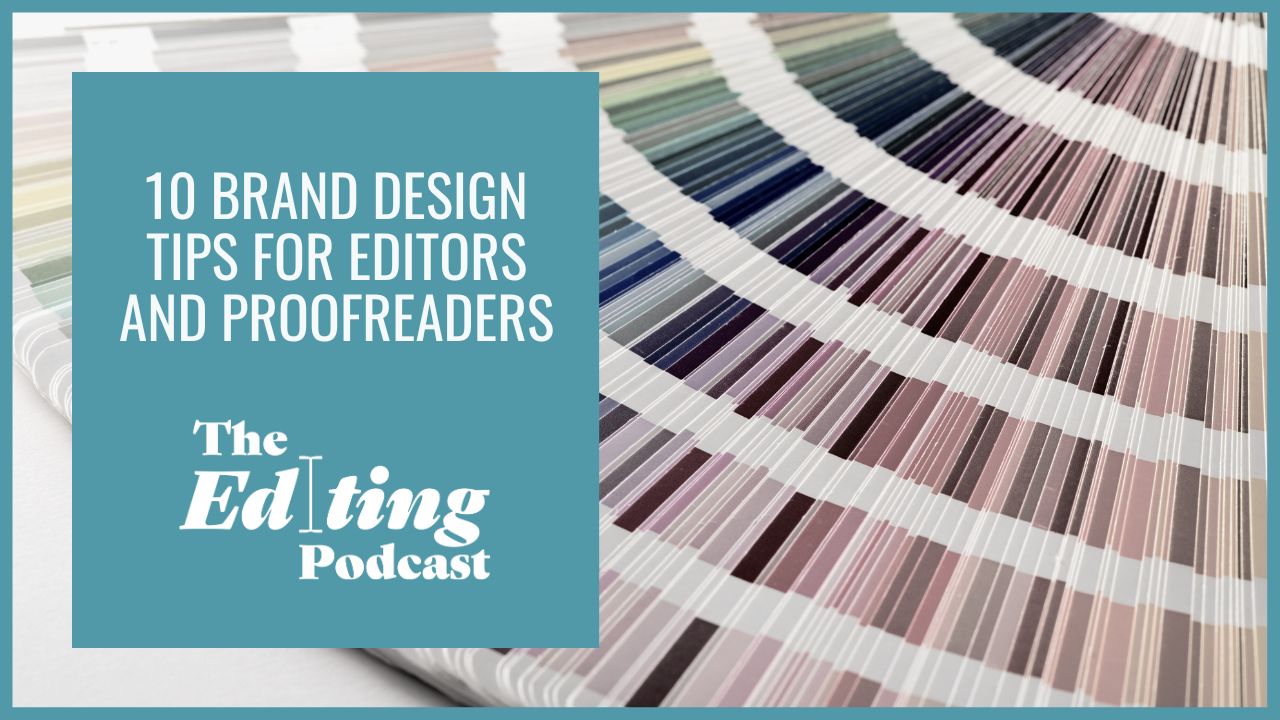
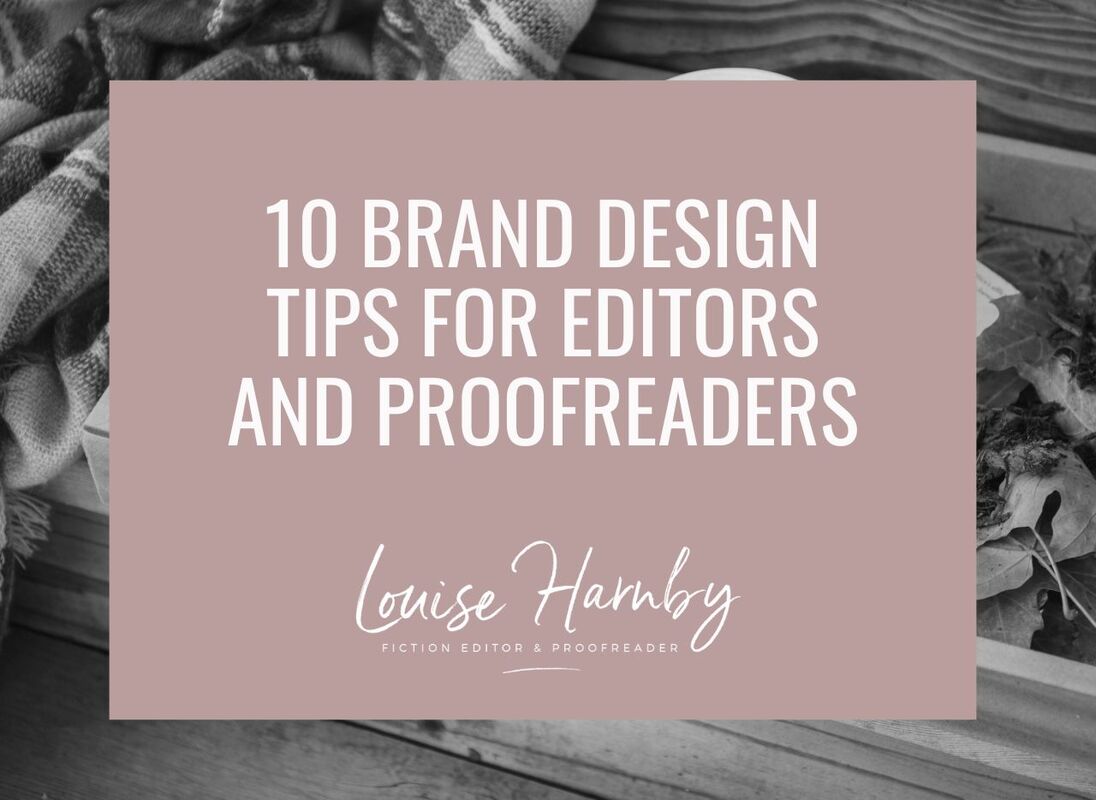
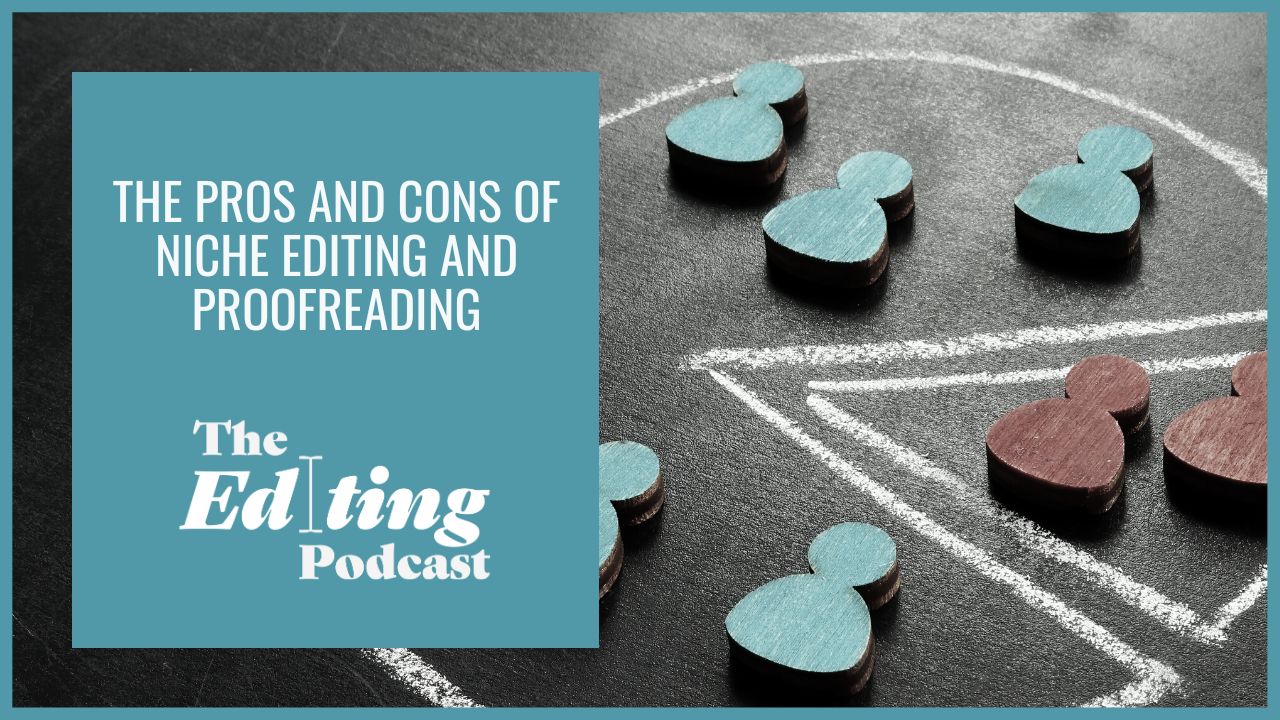
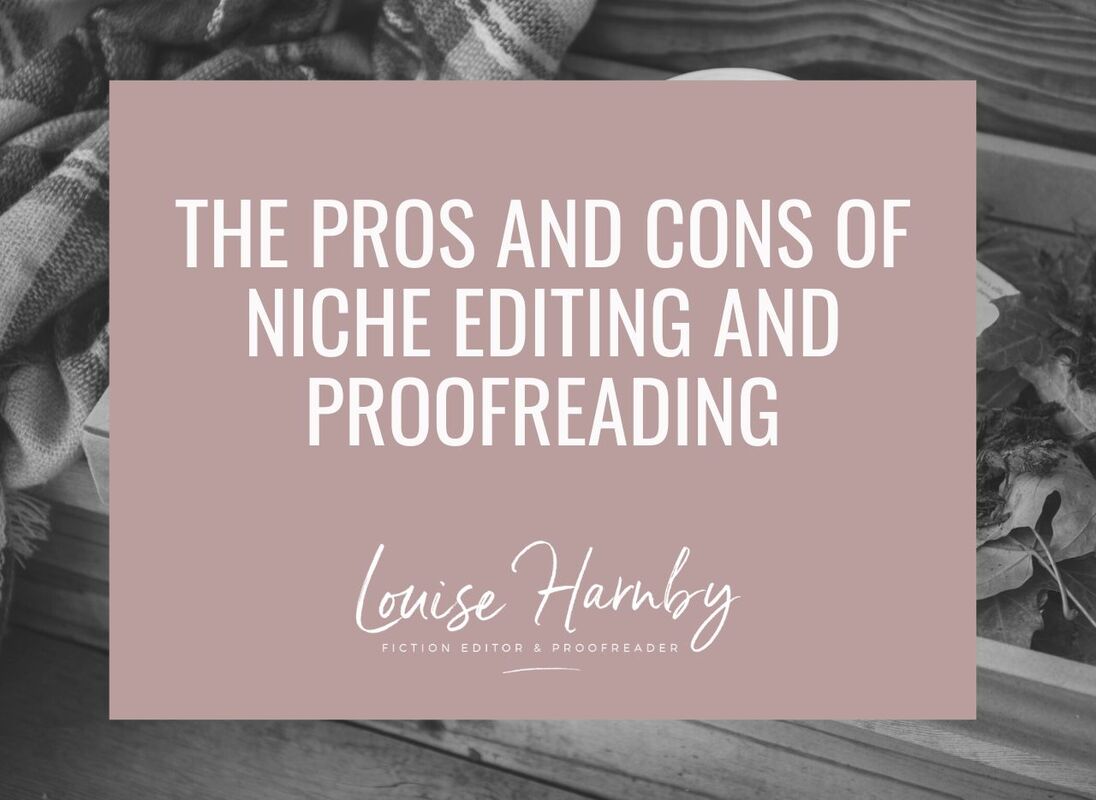
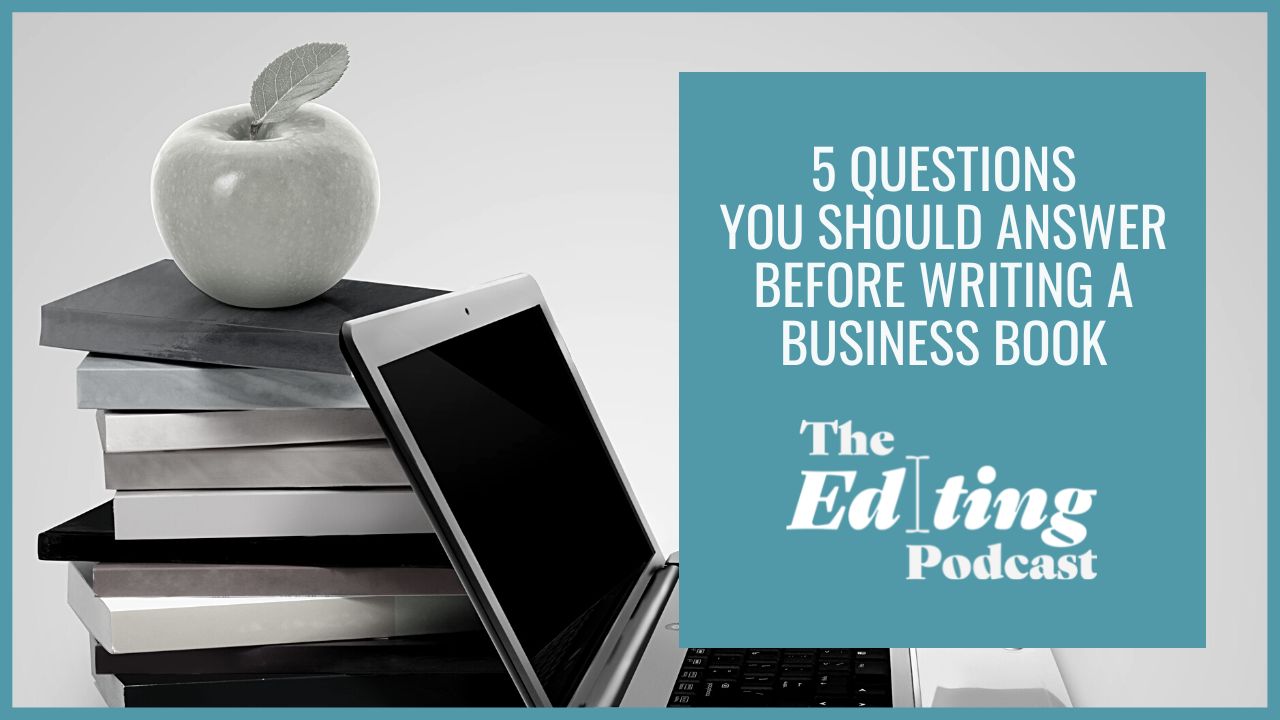
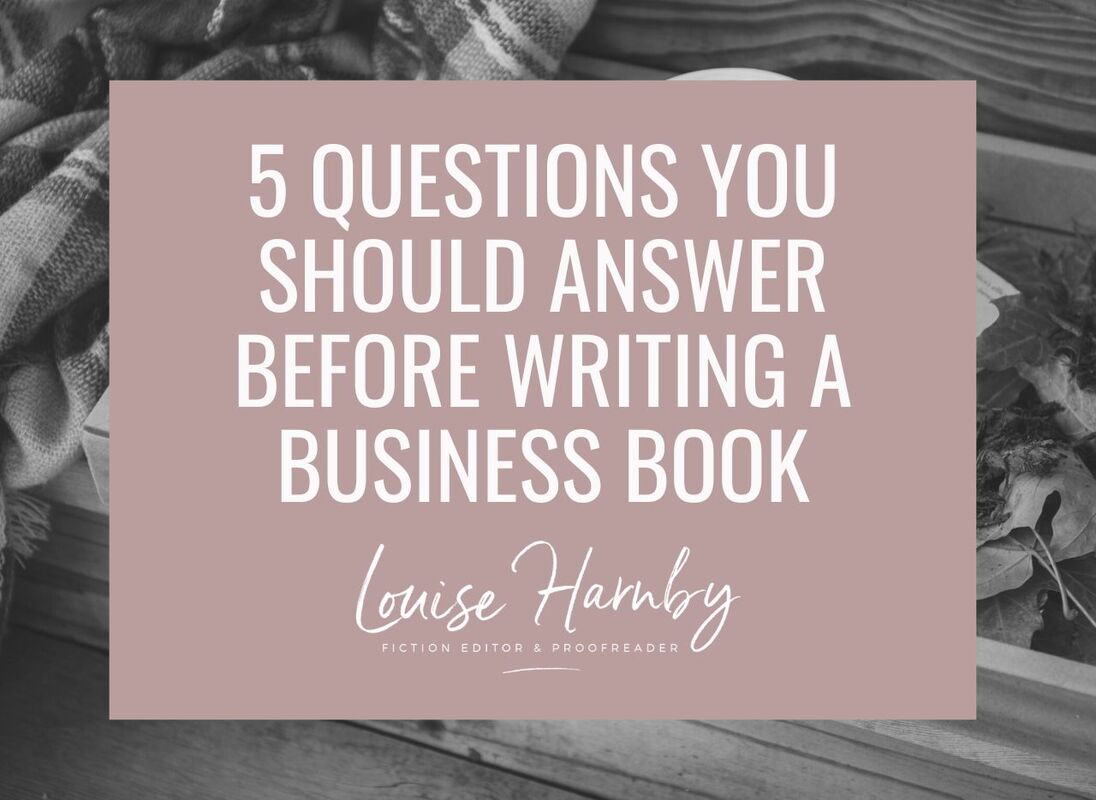
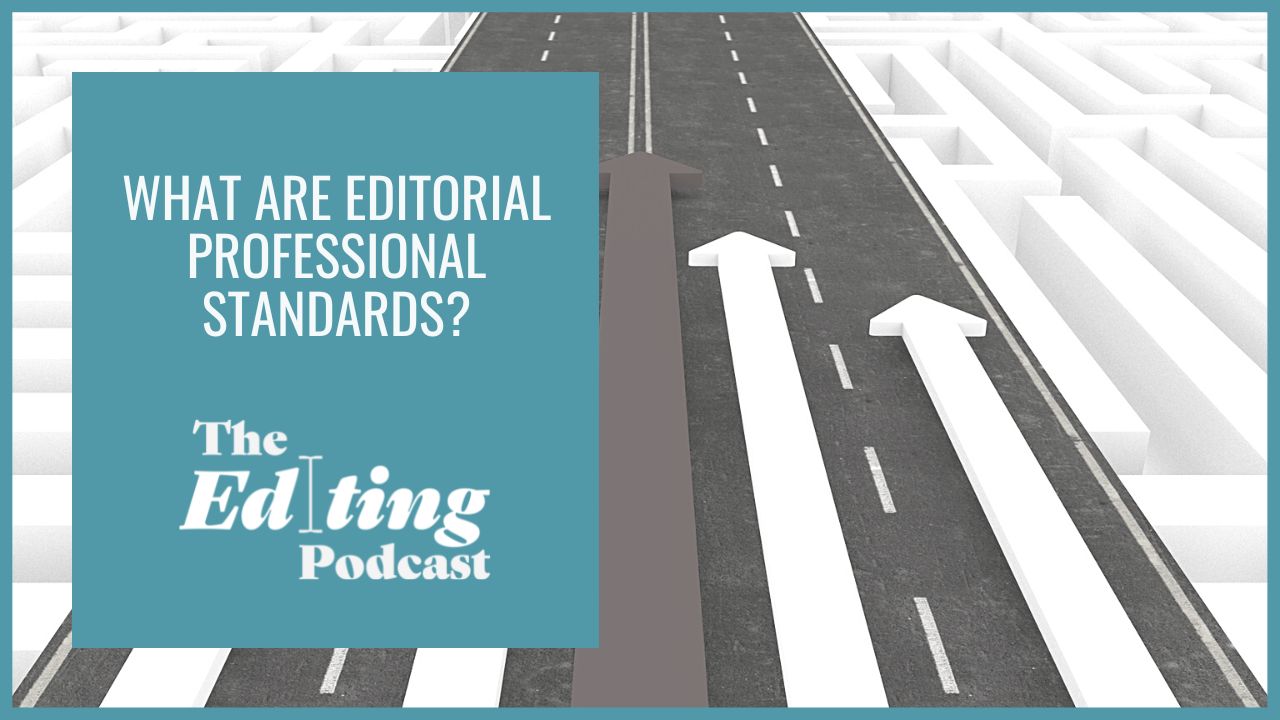
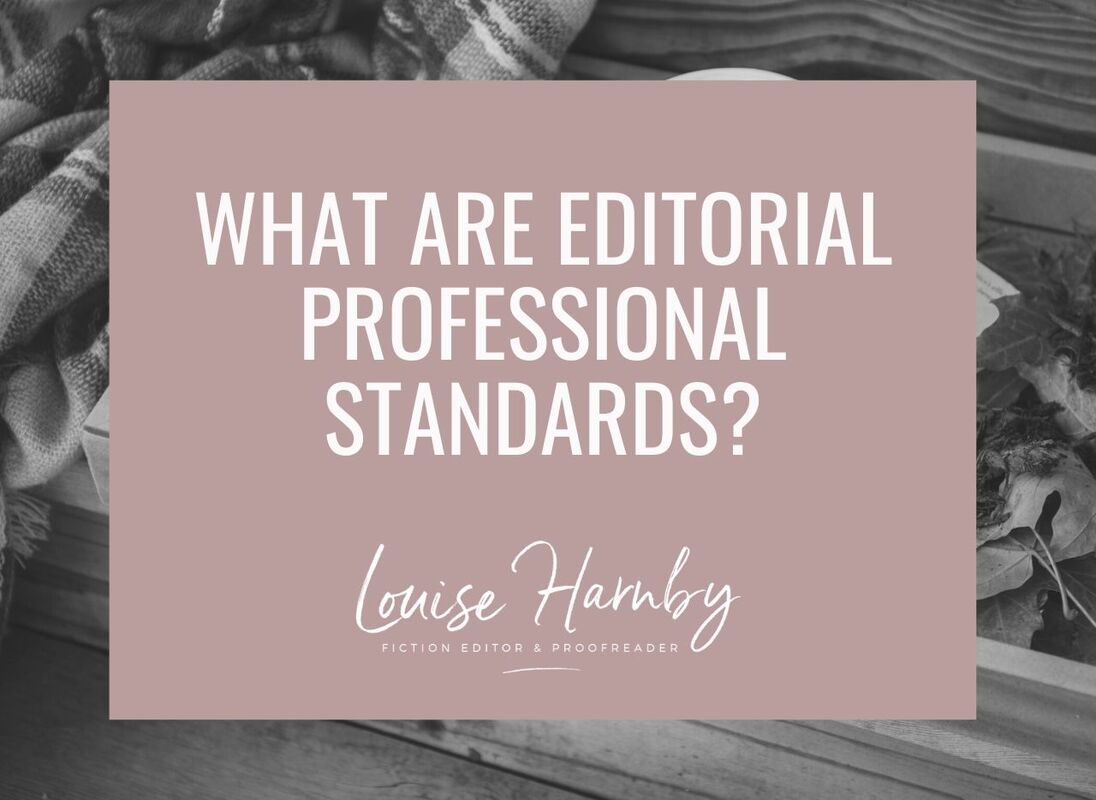
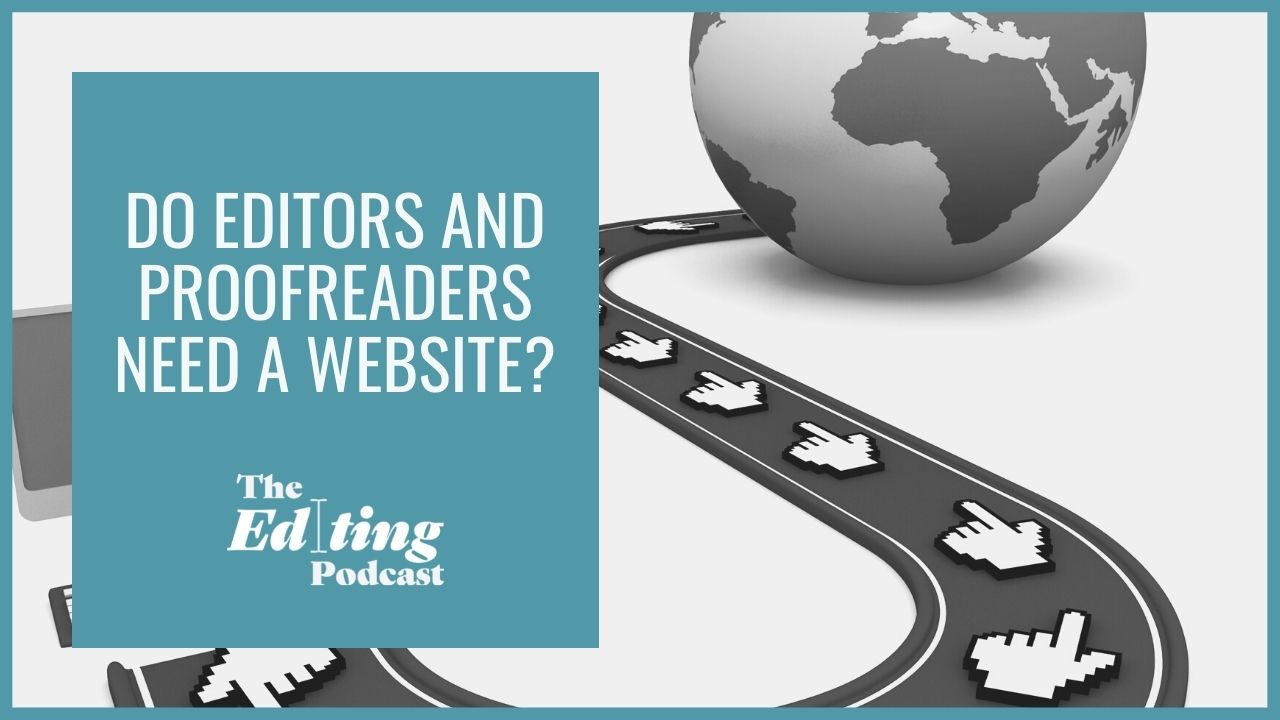
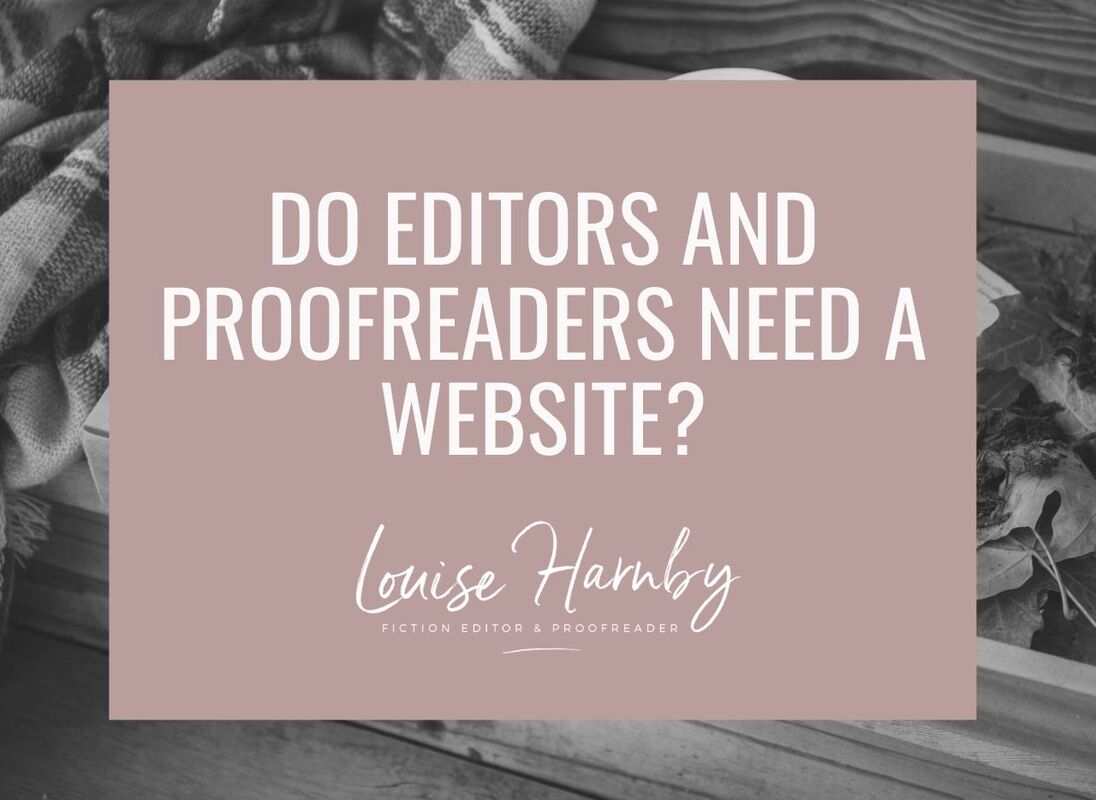
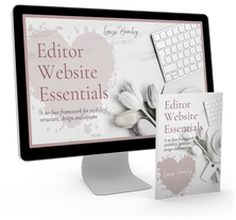
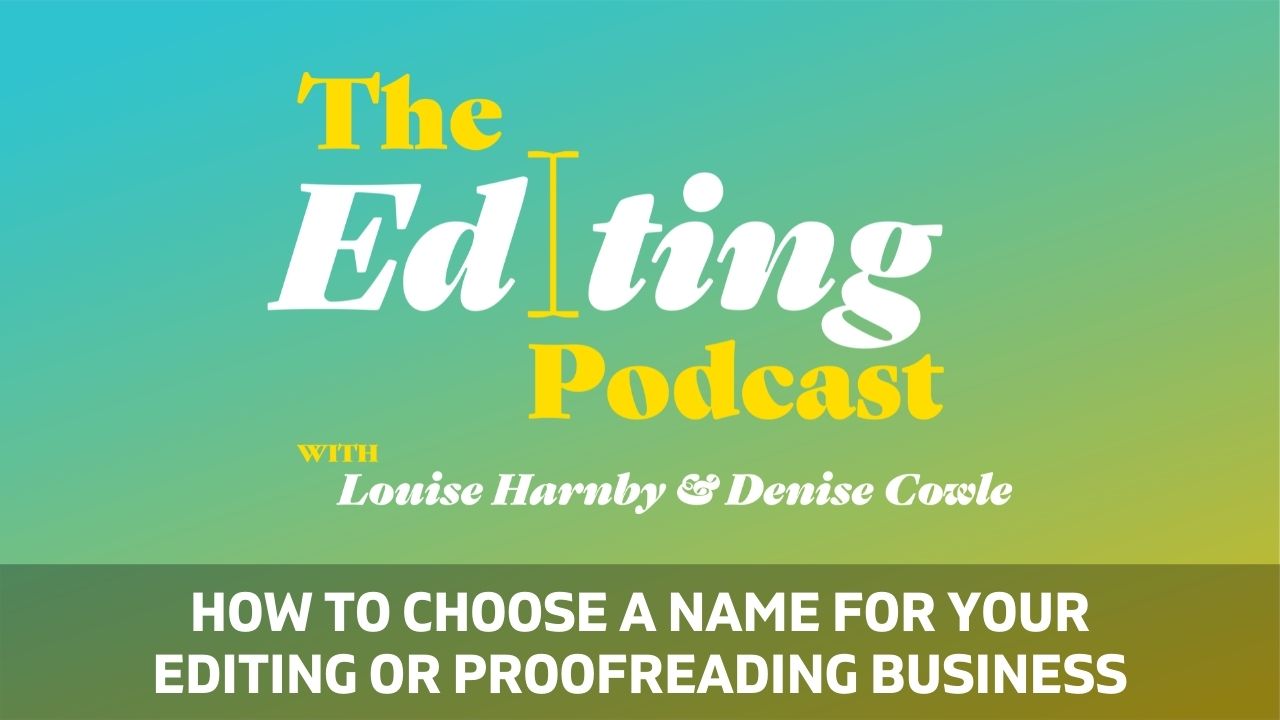
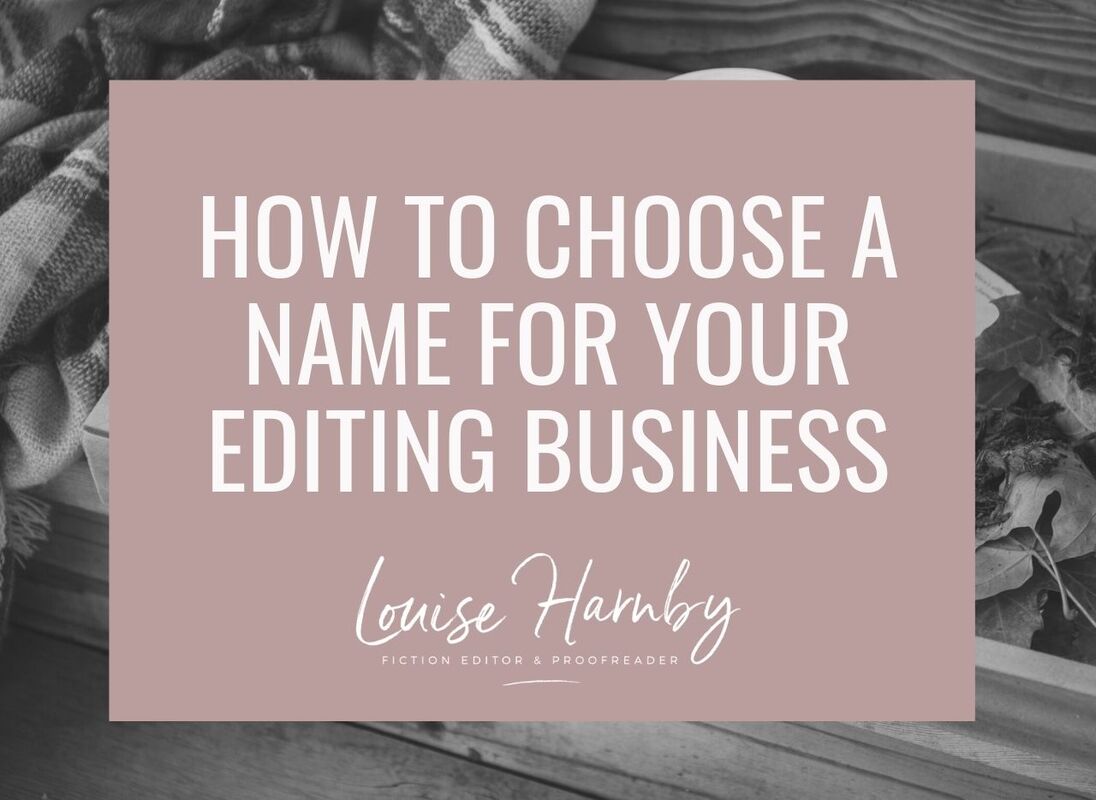
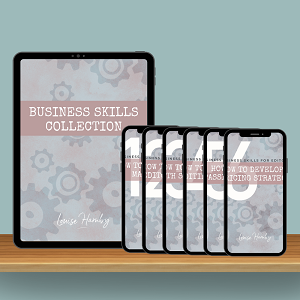
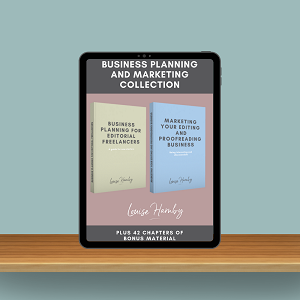
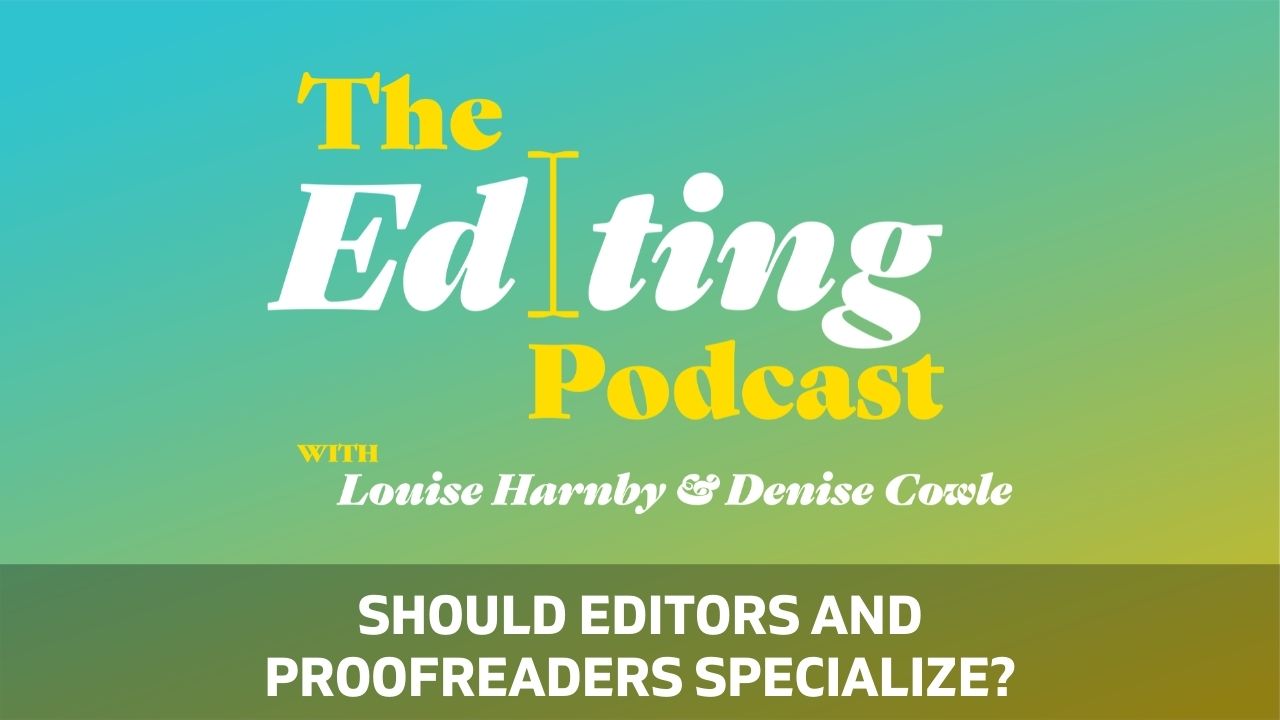
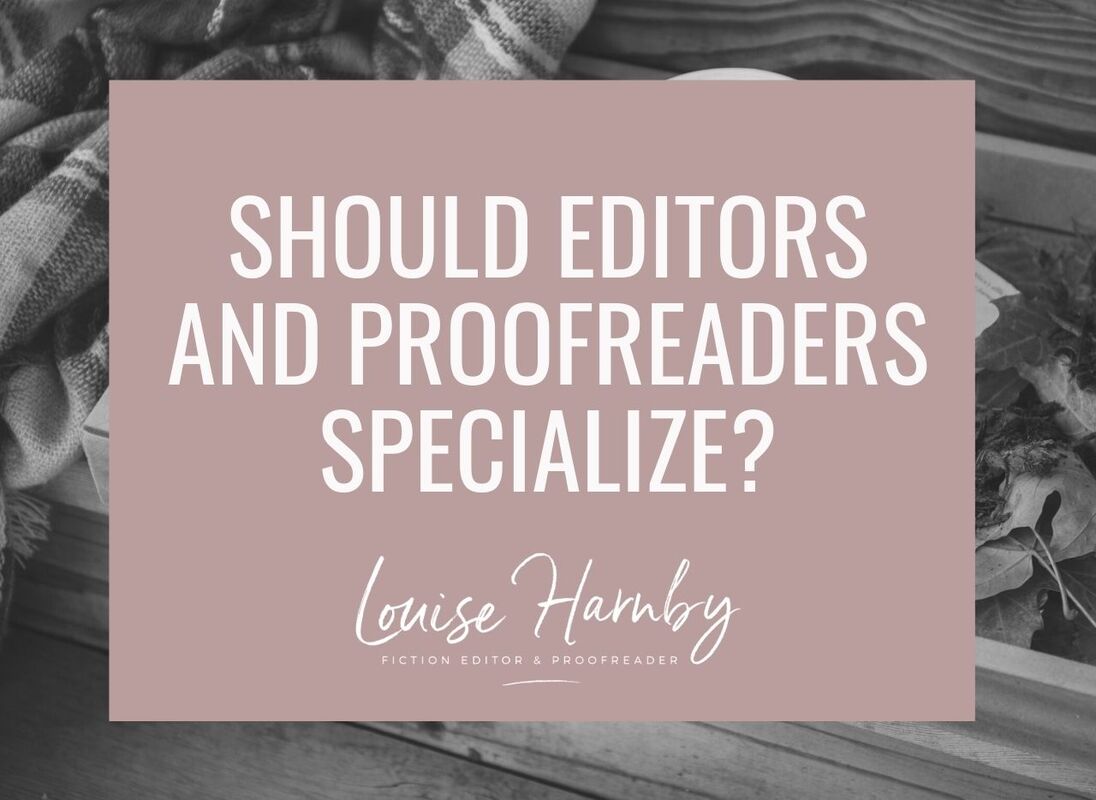
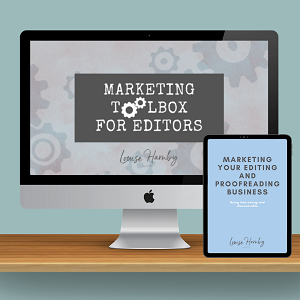
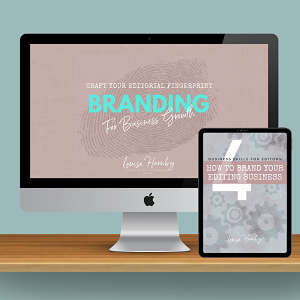



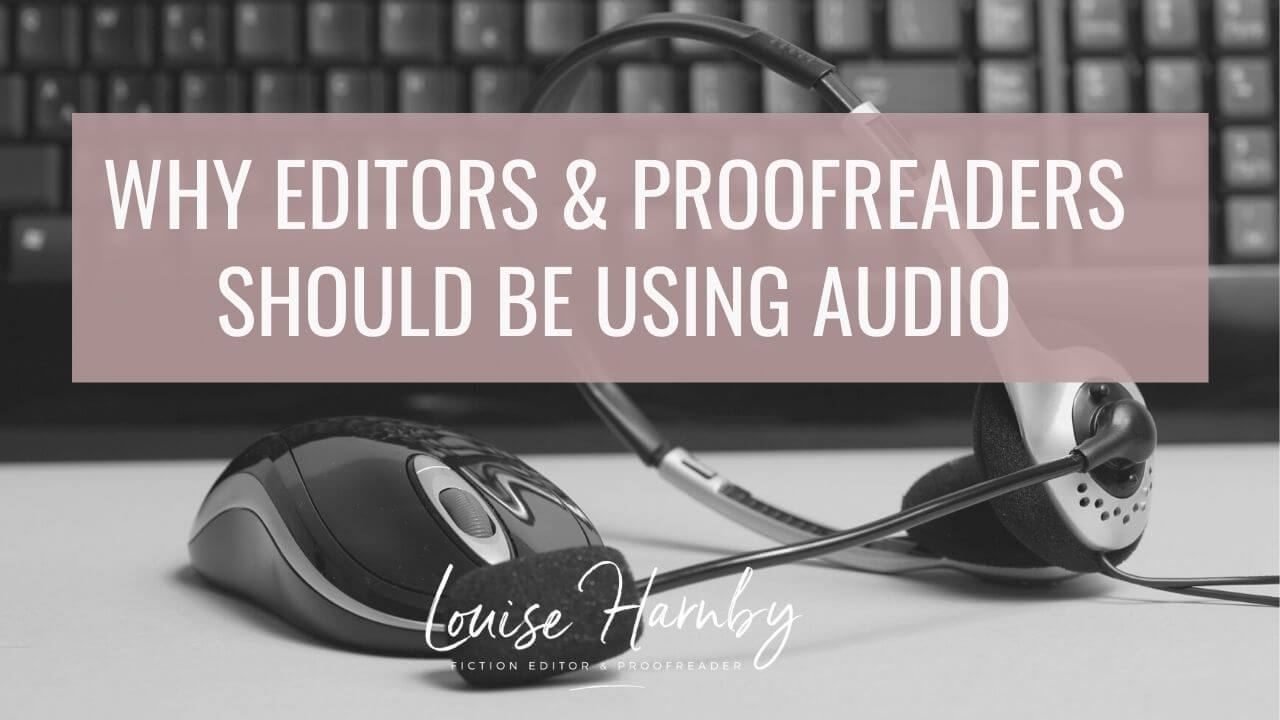
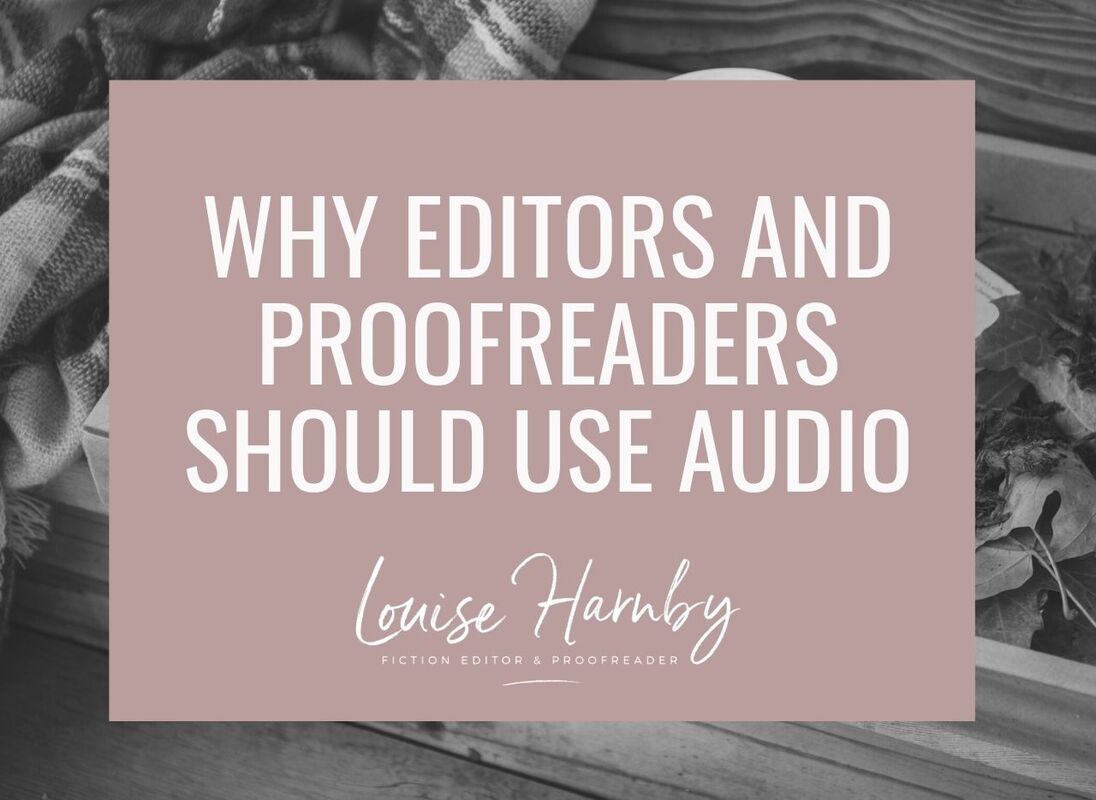

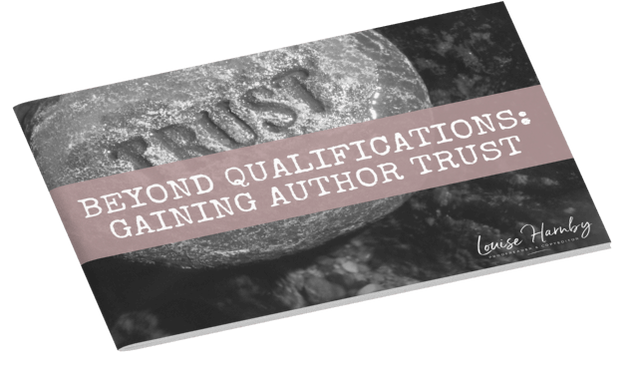
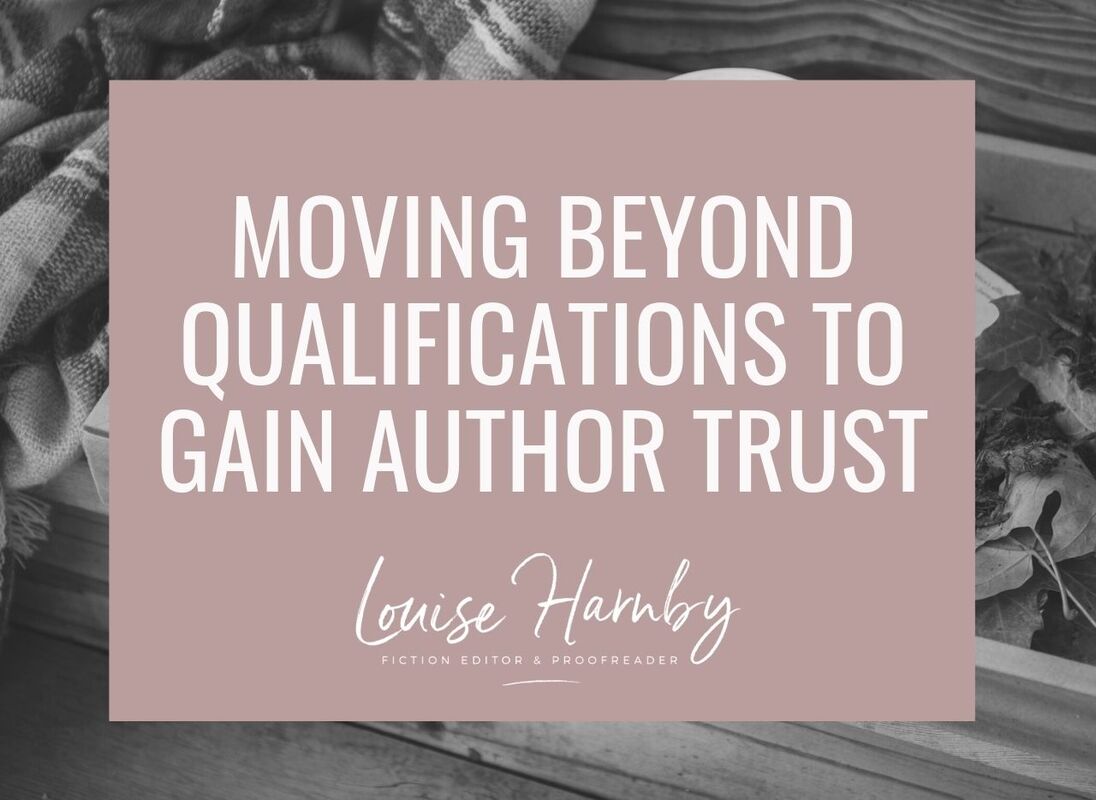
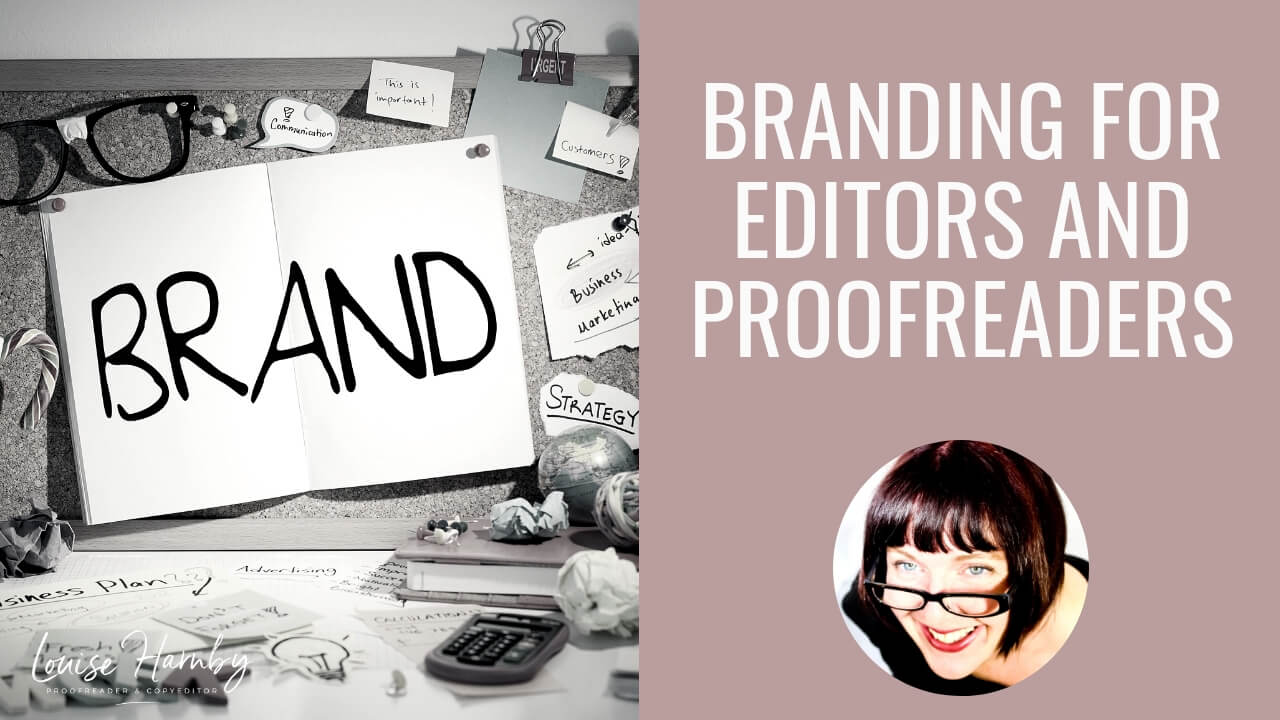
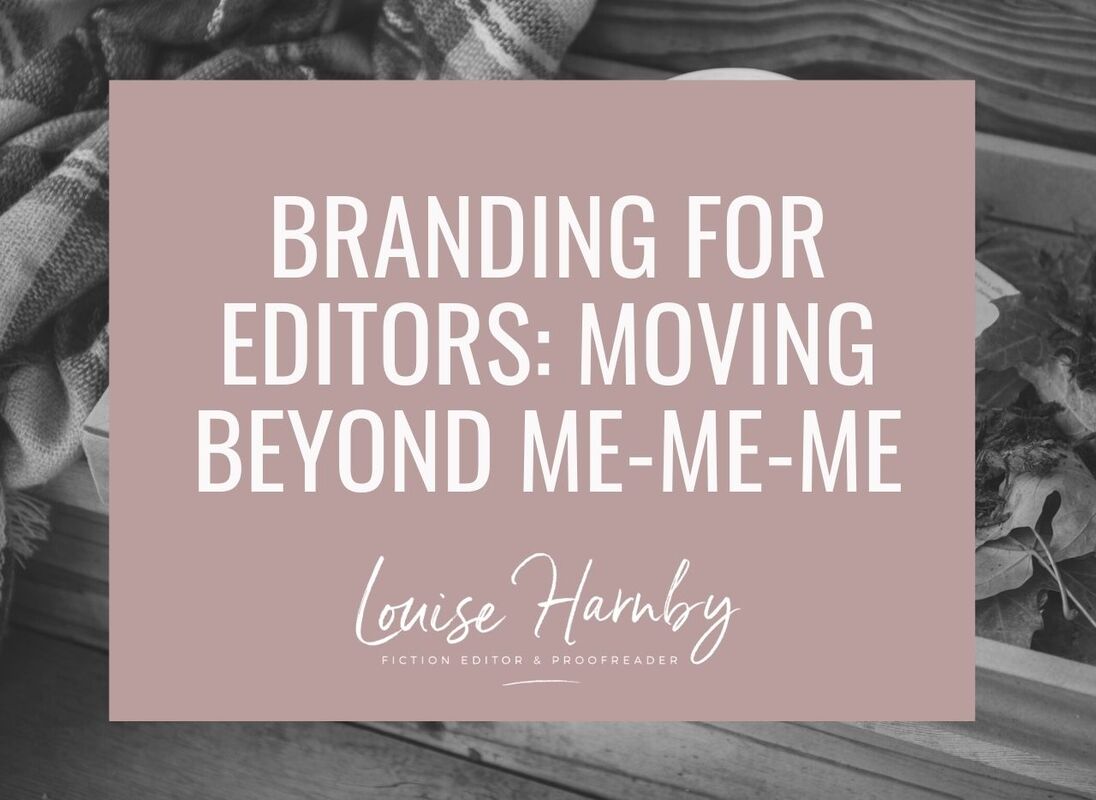



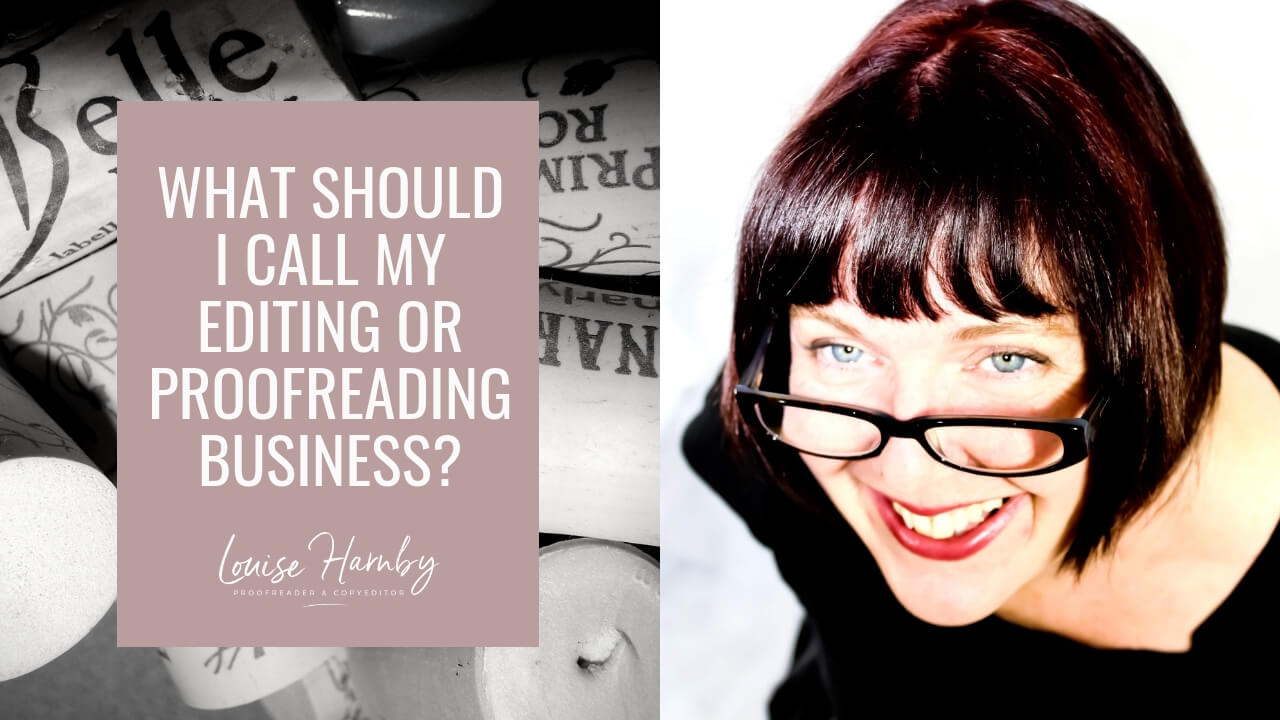
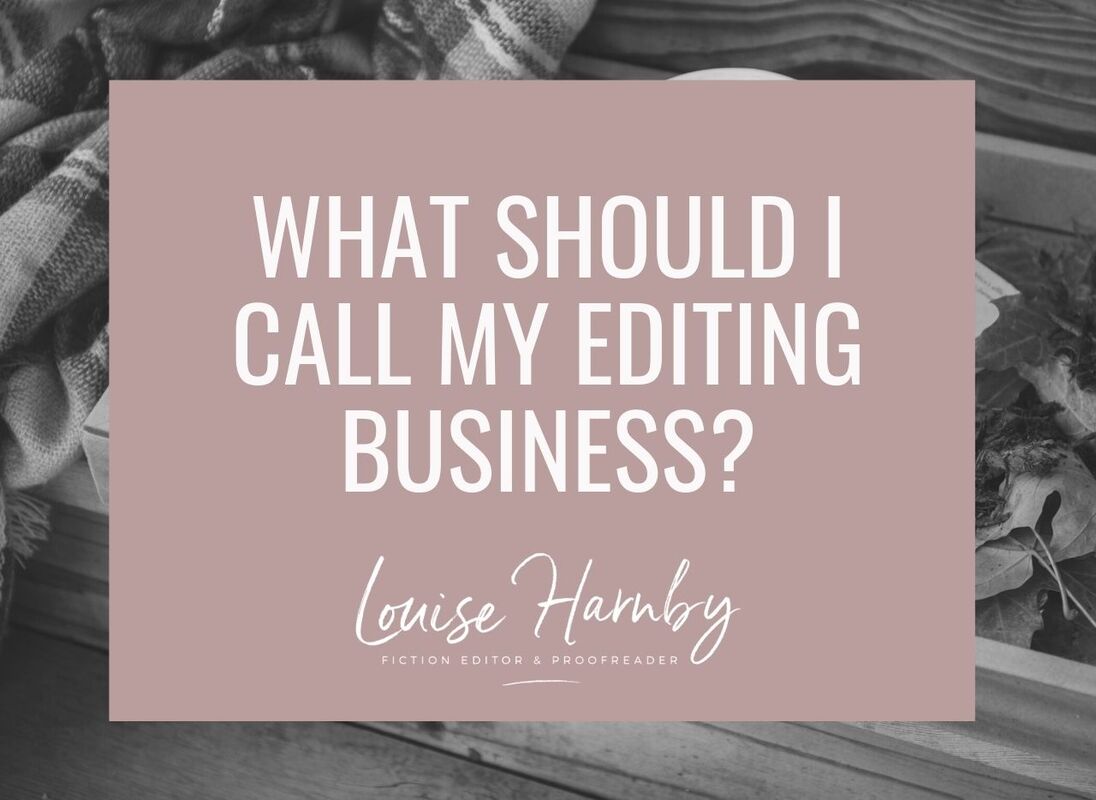



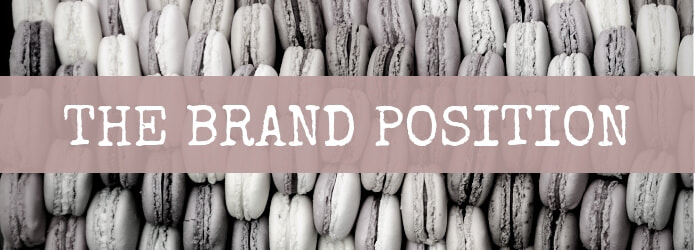
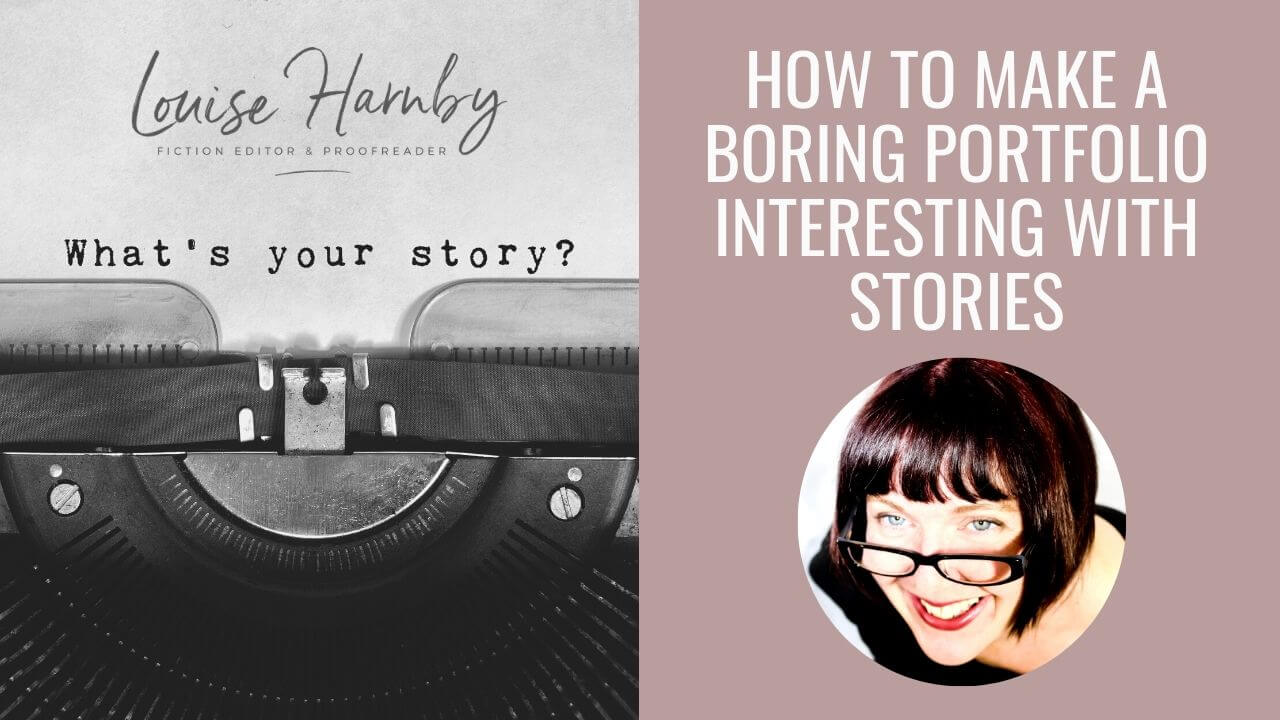
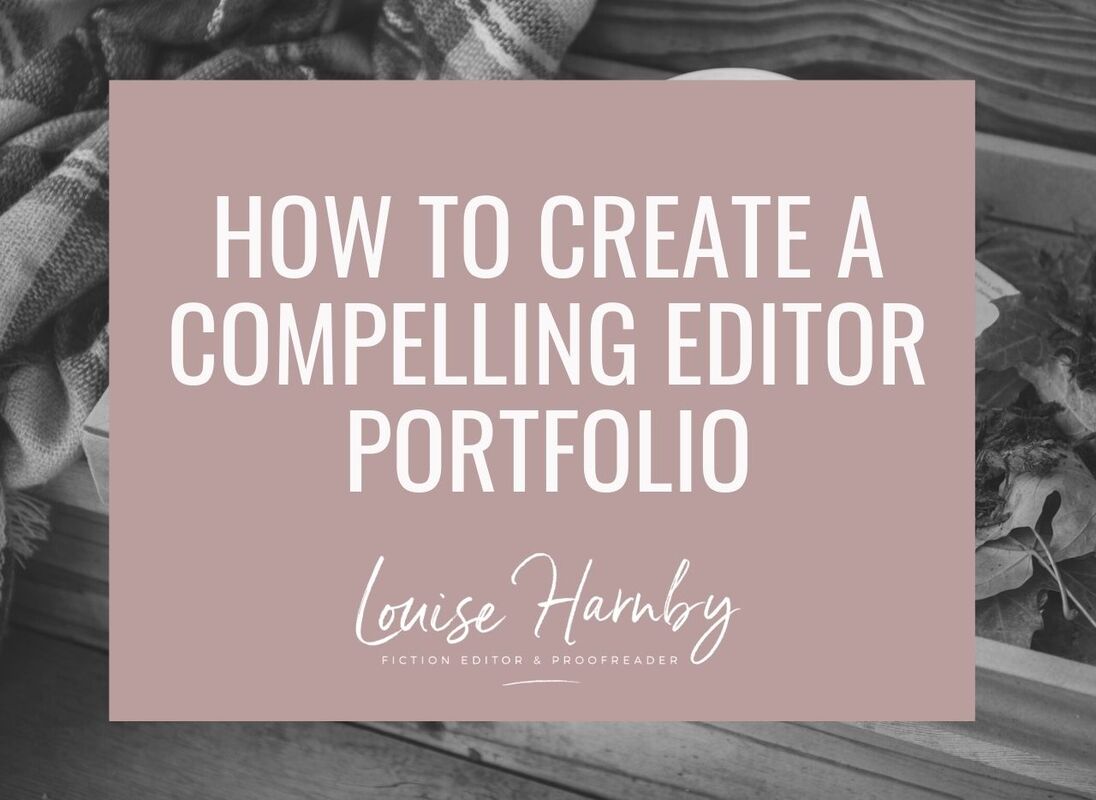
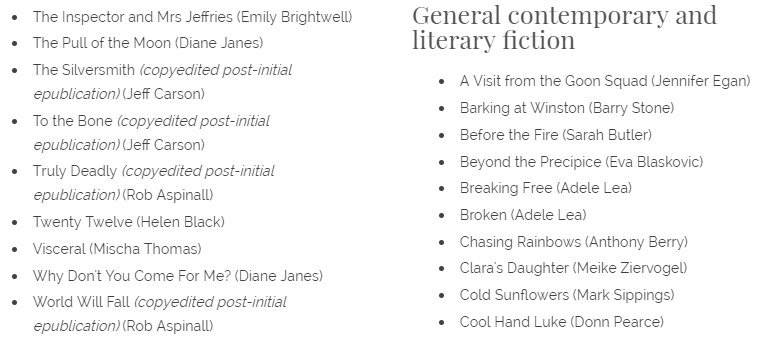
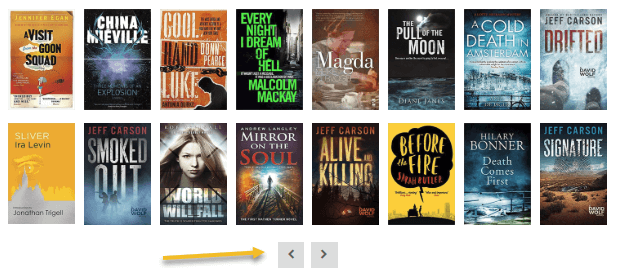
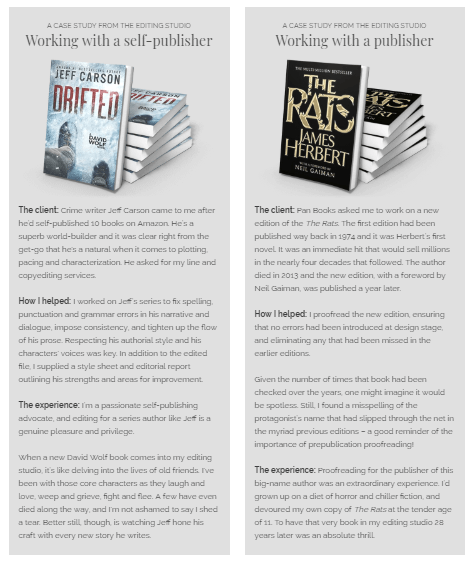













 RSS Feed
RSS Feed





